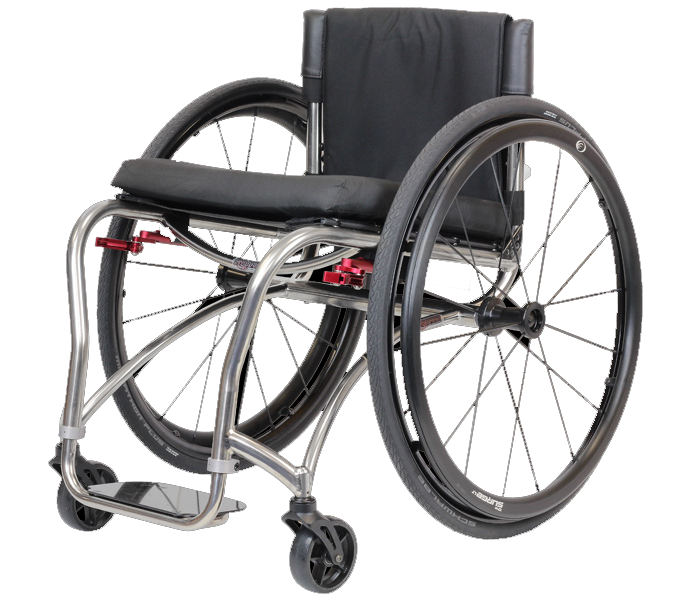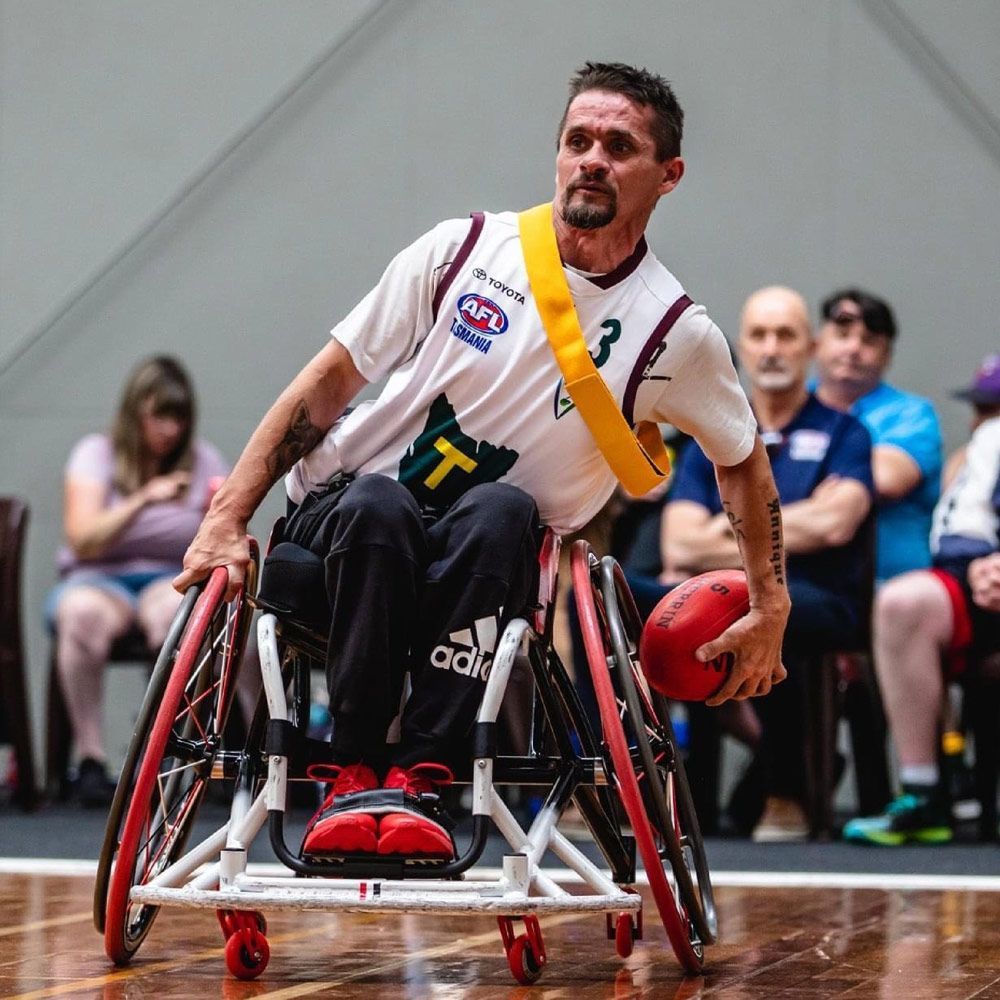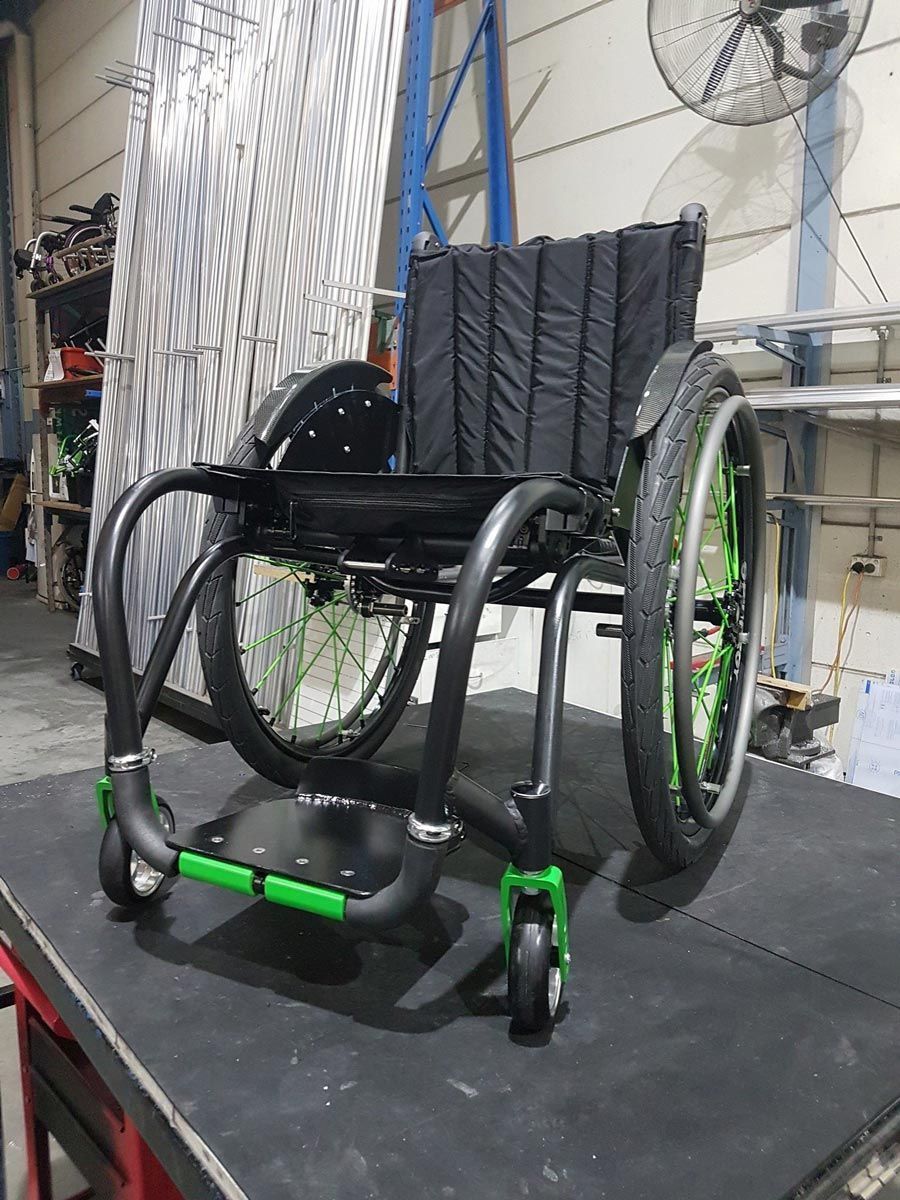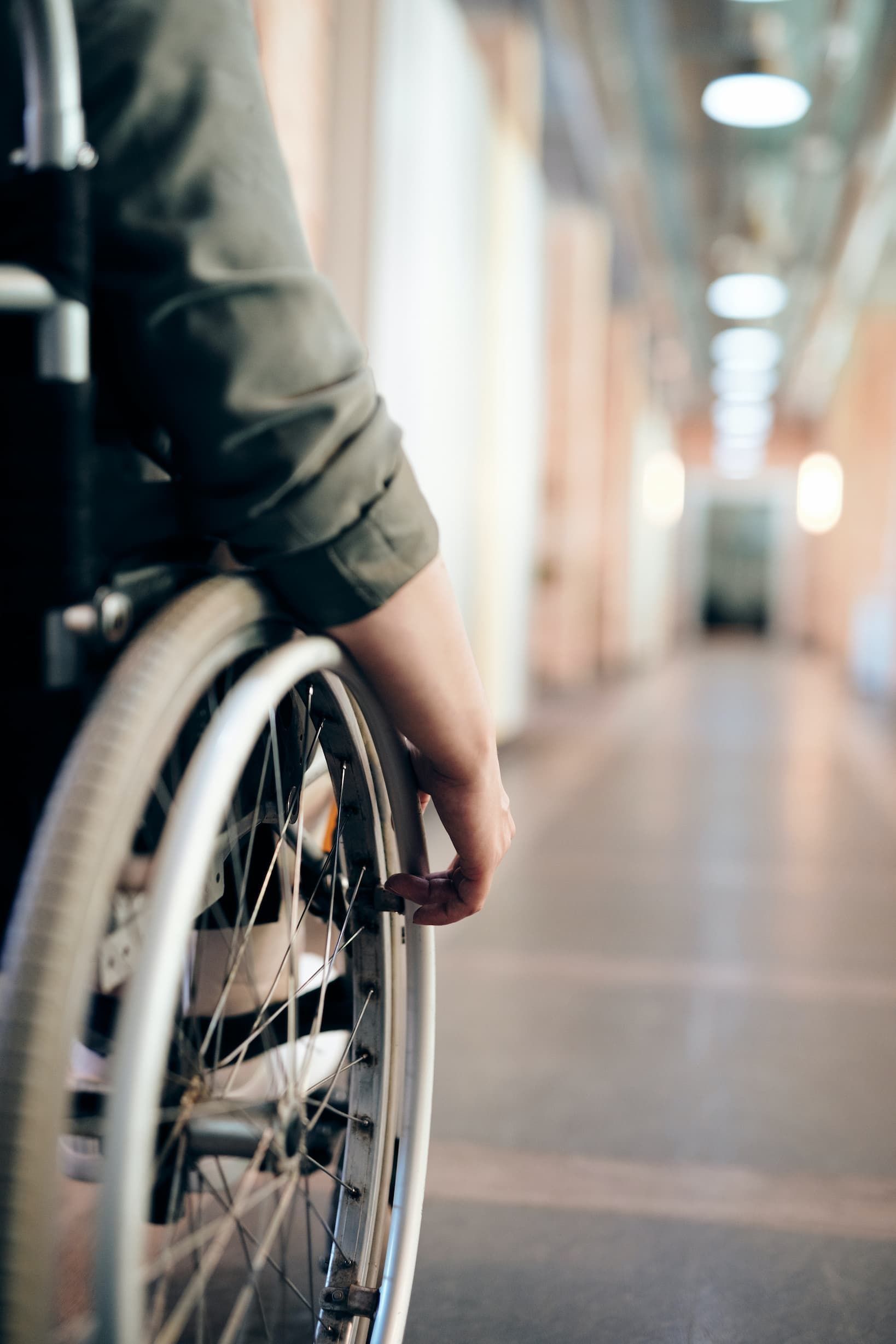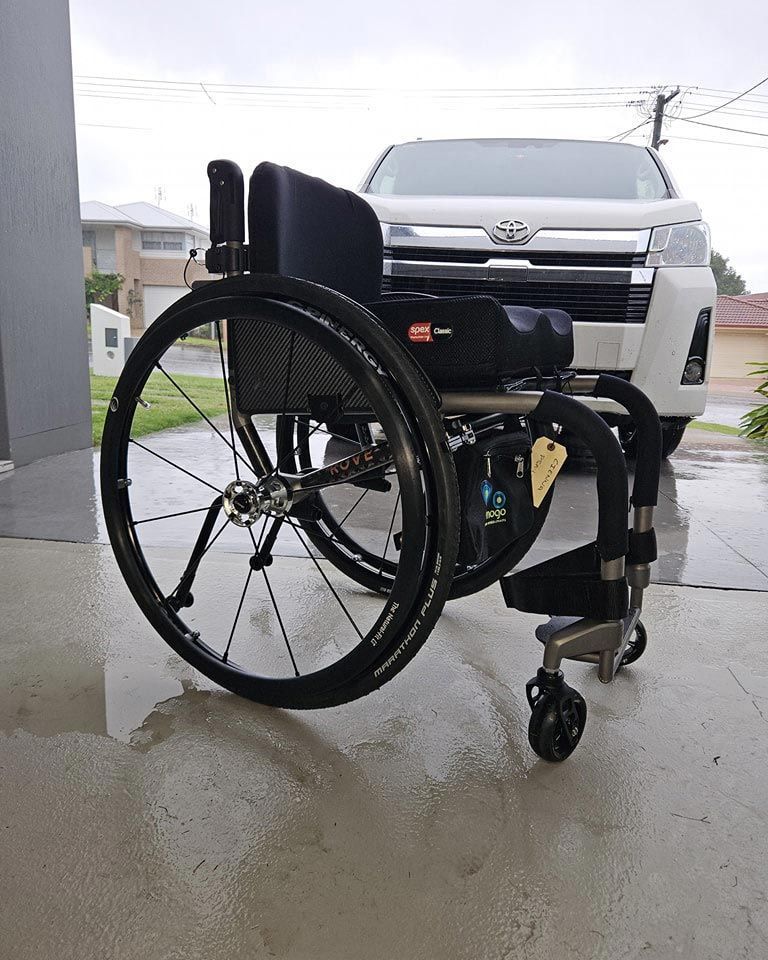Frame Types: Folding vs Rigid
A wheelchair’s frame is its structural foundation and can affect manoeuvrability, ease of storage, and suitability for different activities. Folding frames are designed for users who require compactness for storage or transport. Their cross-brace mechanism allows for the wheelchair to collapse easily.Rigid frames offer a lighter and often more responsive alternative. These are typically preferred by people who prioritise efficiency during self-propulsion.
Frame selection may be influenced by factors such as:
- Frequency of travel and need for compact storage
- Ease of transport in vehicles or public spaces
- Desired manoeuvrability and responsiveness
- Frame material (e.g., aluminium, titanium, or carbon fibre)
Seating Systems: Comfort, Support & Pressure Management
A properly configured seating system plays a significant role in posture, comfort and skin integrity. Depending on individual needs, seating components can be tailored with various materials and features.
Custom seating may include:
- Cushions: Options include gel, foam and air cushions, each offering different levels of pressure relief.
- Backrests: Adjustable or contoured designs can support spinal alignment and improve overall stability.
- Pelvic supports or lateral stabilisers: May be used to promote upright posture and reduce lateral leaning.
- Tilt & recline functions: Useful in redistributing weight and supporting circulation.
Selecting appropriate seating solutions is best done with input from a clinical professional trained in posture and mobility.
Wheel Types & Configuration: Functionality on Different Surfaces
Wheel configuration significantly impacts propulsion, terrain navigation, and overall functionality.Rear wheels typically come in different diameters and may be selected based on the user’s strength and intended environment. Quick-release axles are available for ease of removal during transport.Tyres can be pneumatic (air-filled) for cushioning or solid for low-maintenance use.Front casters, which swivel, vary in size and design to suit indoor or outdoor terrain.
Key considerations include:
- Rear wheel size for optimal propulsion mechanics
- Tyre type for desired shock absorption or durability
- Caster size and material suited for indoor flooring or outdoor surfaces
- Access to replacement tyres or parts when required
Wheel Locks & Push Rims: Control & Independence
Hand control and braking systems can be customised to suit an individual’s strength, coordination, and daily requirements.Push rims can be modified with coatings or ergonomic shapes to improve grip and reduce strain.Wheel locks may be adjusted or repositioned to be more accessible and intuitive for the user.
Optional enhancements:
- Rubber-coated push rims to reduce hand fatigue
- Scissor locks or hub locks for reliable security on inclines
- Handrim styles that cater to different propulsion techniques
- Power-assist options that reduce exertion for long distances
These features aim to provide additional control and potentially reduce the risk of strain injuries during regular use.
Leg & Foot Support: Comfort & Circulation Management
Foot and leg supports contribute to overall comfort and positioning. They are essential for individuals with specific circulation, posture, or surgical recovery needs.
Footplate options include:
- Fixed or swing-away designs: Suitable for those who require easy transfers or compact storage.
- Angle-adjustable footplates: Can improve alignment and accommodate ankle range of motion.
- Elevating leg rests: Useful in post-operative settings or for users managing oedema.
Factors influencing selection:
- Clinical needs related to swelling or surgery
- Requirement for frequent transfers
- Comfort preferences during long periods of sitting
- Stability for repositioning legs independently
Accessories for Day-to-Day Functionality
A variety of wheelchair accessories exist to support convenience and enhance everyday experiences. These accessories are not essential but may add to the usability of the device.
Common customisable accessories include:
- Under-seat or side-mounted storage pouches
- Oxygen bottle holders or IV pole mounts
- Trays for eating, reading or computing
- Mounts for smartphones or water bottles
These features may be particularly useful for users who spend extended periods in their chair or wish to maintain regular access to personal belongings.
Manual or Power Wheelchair Options
For individuals with varied physical abilities or conditions affecting endurance and strength, choosing between a manual and powered wheelchair is an important consideration.Manual wheelchairs are suitable for individuals who can self-propel and prefer lightweight or portable models.
Powered wheelchairs offer motorised propulsion and can be equipped with joystick controls, seating adjustments and powered tilts.Points to consider:
- Physical strength and range of movement in the upper body for manual propulsion
- Daily use patterns, such as how many hours the chair will be used and in what contexts
- Requirement for powered functions, such as tilt, recline, or seat elevation, which may support posture or ease transfers
- Environmental conditions, including the terrain, distance between destinations, and space constraints within the home or community
Consultation with a professional is advisable when making this decision.
Style & Visual Design Options
Wheelchairs can be customised to reflect personal tastes through frame colours, spoke guard designs and upholstery options.
Popular visual options include:
- Bright or metallic frame colours
- Custom printed spoke guards
- Patterned or coloured seat fabrics
While primarily aesthetic, these options may provide a sense of ownership and individuality.
Learn More About Wheelchair Customisation Options
Customising a wheelchair is a multi-step process that considers mobility needs, environmental demands, and user preferences. Every individual has different priorities—what suits one person may not be ideal for another. For this reason, professional assessment and fitting are highly recommended.
At Mogo Wheelchairs, we help individuals choose configurations that reflect their mobility needs and lifestyle. If you’re exploring custom-made wheelchairs in Wollongong or learning more about available wheelchair customisation options, working with a team that can provide personalised guidance may be helpful. We’re here to assist you in selecting the most suitable wheelchair options for your unique situation.
Get in touch via our
contact page to arrange a consultation or to learn more about our services.

